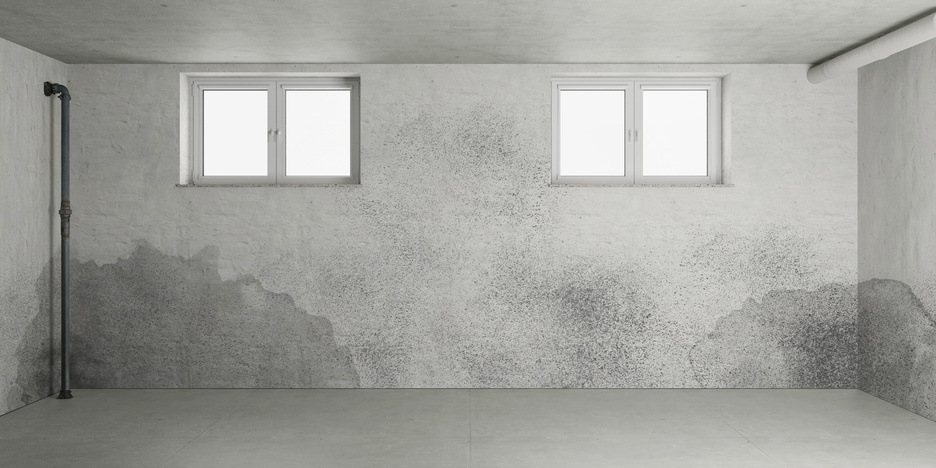With torrentialrain, rainwater seepage can lead to damp both inside the building and on thefaçade, causing problems like the following:
o Reduced stability ofwalls, vital to the building’s structure.
o Deterioration of thebuilding's aesthetic appearance, with the development of defects such asflaking and damp stains, among others.
o The appearance of mould onwalls, floors and furniture can lead to poor air quality and affect the healthof the people living in the building, with conditions such as asthma,respiratory diseases or allergies.
What is risingdamp?
Rising dampis one of the most common problems in buildings and it occurs when groundwater risesup through pores and capillaries in a building’s walls.
Buildingsaffected by this problem usually have moisture in the subsoil, in skirtingboards or basements, and it can appear both inside and outside the building.
Rising damp is identified because itgenerates efflorescence, mouldand damp stains, and chipping and ballooning of the paint, ,which appear at floor level and rise through the lower part of the walls

How to protect a building from rising damp
Firstly, toprevent the appearance of rising damp, it is essential to protect the buildingwith a physical barrier on the outside when carrying out the work. You coulduse a waterproofing membrane or a chamber, for example, which would stop waterrising.
But whenbuildings have already been affected by rising damp damage, treatment will benecessary.
Any part of thewall that is not in contact with the source of the damp and that has beenexposed to rising damp must be covered with a breathable coating, onethat can withstand the moisture that may be within the wall and that does notcause more moisture to accumulate inside.
For this, youwill need to complete the following process:
o Chip or remove all layersof cladding on the wall, up to 50 cm above the highest damp level.
o Leave the wall exposed foras long as possible so that the moisture inside evaporates.
o Apply a new coating withbreathable mortars and paints. At Pinturas MONTÓ, we offer a damp proofingsystem with the following products:
o Plasmont Antihumedad: cementitious mortar forthe prevention and restoration of walls that tend to suffer from rising damp inthe subsoil.
o Tixoway AntihumedadAqua:breathable paint for interior walls with rising damp problems.
o To remove saltpetre stains, Fijamont Acqua.
If you need more information about the dampproofing system from Pinturas MONTÓ or technical advice for your next project,do not hesitate to contact us. We will answer all your questions and help youachieve a successful result.


